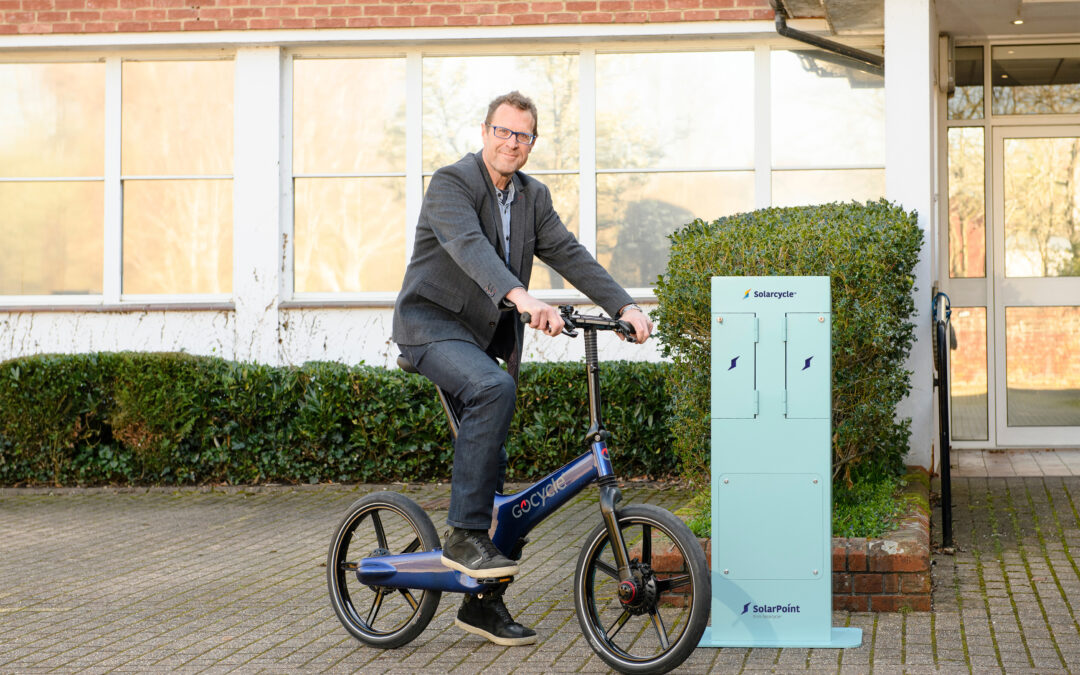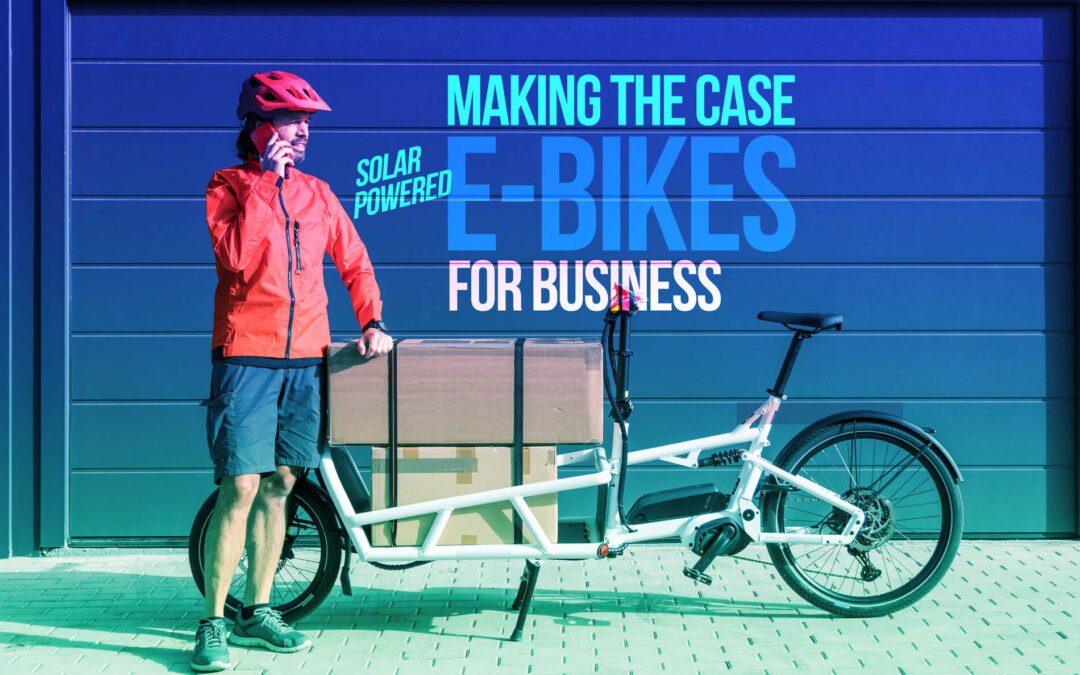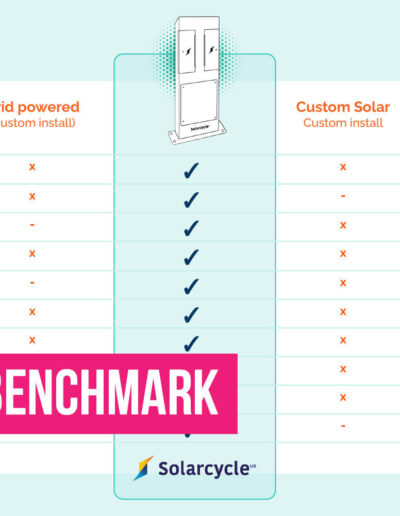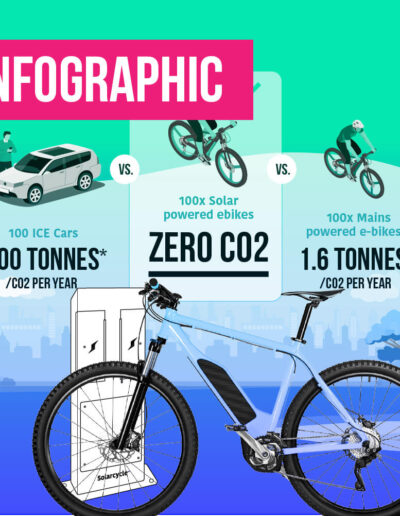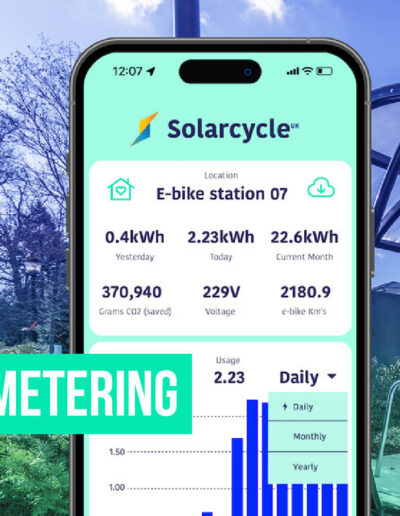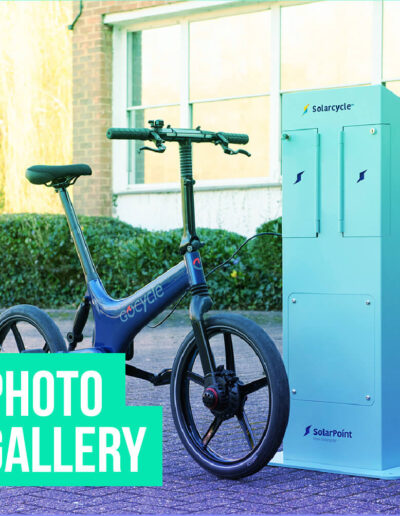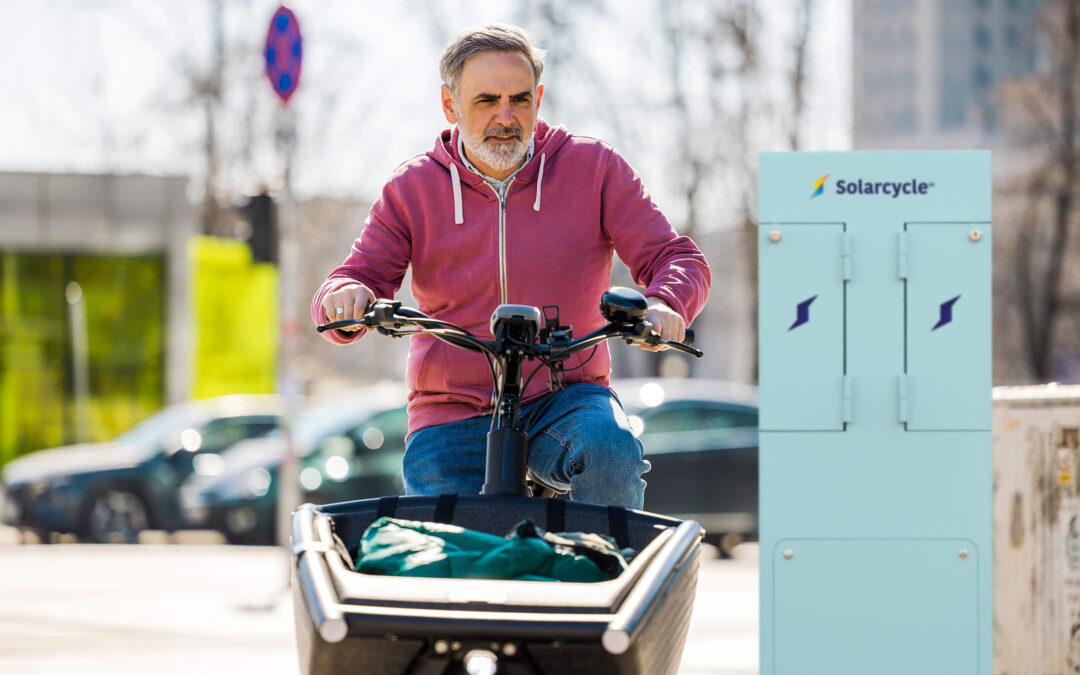
E-Bikes and 15-Minute Cities
The Role of E-Bikes and 15-Minute Cities: Revolutionising Commuting Behaviour in the UK
In recent years, the UK has witnessed a significant shift in urban planning, with the emergence of the “15-minute city” concept and the rising popularity of electric bikes. These two trends are working in tandem to transform commuting behaviour, reduce reliance on cars, and bring about a host of environmental benefits.
In this article, we explore the role of e-bikes and 15-minute cities in reshaping transport in the UK, with a particular focus on changing commuting behaviour and the positive impact on the environment.
A 15-minute city is a concept that has gained popularity in recent years. It refers to the idea that everything a person needs in their daily life should be accessible within a 15-minute journey, whether that be by walking, cycling, or public transportation. This concept is designed to reduce the reliance on cars, create more walkable and bikeable communities, and ultimately create more sustainable and livable cities.
The role of electric bikes in this concept is significant. Electric bikes offer a mode of transportation that is faster and less strenuous than traditional bikes, making it more accessible for people of all ages and fitness levels. In addition, electric bikes have the potential to greatly reduce the number of cars on the road, reducing traffic congestion and carbon emissions.
The Rise of Electric Bikes
E-bikes gained traction worldwide and the UK is now rapidly catching up. According to recent statistics from the Bicycle Association of Great Britain, e-bike sales in the UK soared by 53% in 2021, reaching a record-breaking 1.5 million units sold. This surge can be attributed to several factors, including improvements in technology, affordability, and increased awareness of the environmental benefits. Steve Garidis, director of policy at The Bicycle Association of Great Britain says. “The problem is that [riding an e-bike] is seen as a niche in the UK; something for people who are too old or unfit to cycle up a hill, or for Deliveroo riders. We need to reframe electric bikes as the lowest-cost urban electric vehicles.”
On the Continent e-bikes are seen much more as a car replacement. Out of 4.7 million bikes sold in Germany in the past year two million were electric bikes, making up 48% of the market. Not many vehicles have arrived in such a tremendous Bang over the past 24 months as the e-cargo bike. Long seen as the uncool, ugly transportation tool of a few urban eco-geeks, electrically powered cargo bikes today have changed their image a full 180 degrees. For most mobility experts and infrastructure planners e-cargo bikes now represent an important part in urban transformation.
Fully Charged recently asked whether ‘Your new car could be a cargo bike’ and shared their top family cargo and e-cargo bike picks, reflecting the new status of this new mode of ‘uber-cool’ transportation. A brand-new model from leading German electric bike manufacturer Riese & Müller, for example, the Multitinker, is a step through electric bike that can carry two children or one adult with its rear loading rack. The Tern GSD is praised for its stable ride handling characteristics, even when carrying passengers. Apparently, a great option for a women’s electric bike. A true workhorse with a dose of French style, the Moustache Lundi 20 is described as both powerful and practical.
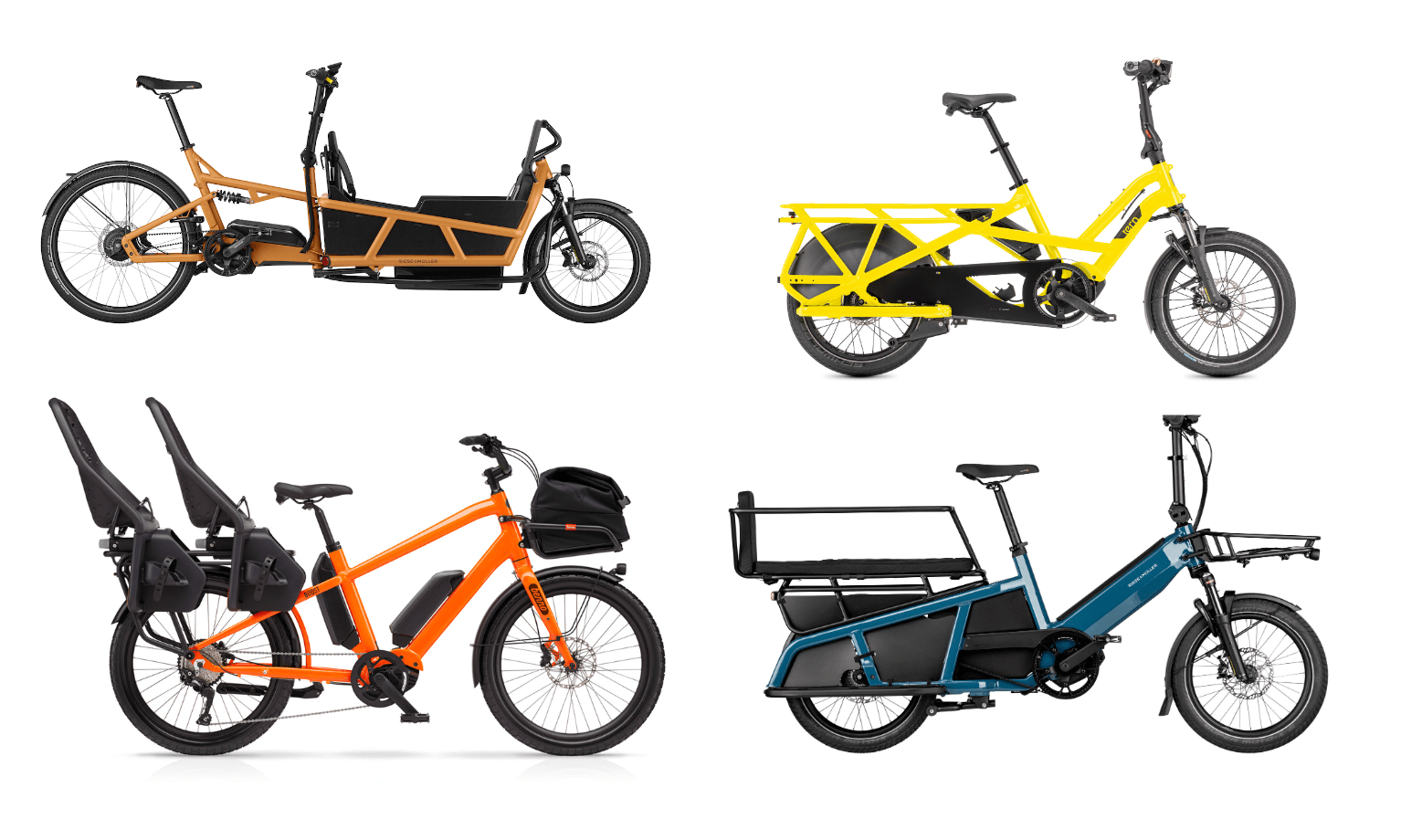
Whether for a sustainable lifestyle, personal fitness, or pure cost savings, e-cargo bike owners are increasingly leaving cars behind for transportation. Children’s transports to day-care or school and the weekly shopping are done with the e-cargo bike today, no problem. A growing number of delivery services successfully deploy e-cargo bikes instead of vans to reduce their organisation’s carbon emissions and improve services.
E-Bikes to Break Car Culture
Two-thirds of all everyday journeys made by people in cities and rural areas can easily be made by bicycle or e-bike. An average person who ‘shifted travel modes’ from car to bike decreased life cycle CO2 emissions by 3.2 kgCO2/day . Promoting active travel should be a cornerstone of strategies to meet net zero carbon targets, particularly in urban areas, while also improving public health and quality of urban life. For decades, the UK has been dominated by a car-centric culture, leading to congested roads, increased pollution, and detrimental effects on public health. However, with the introduction of 15-minute cities and the rise of e-bikes, there is a promising opportunity to break free from this car dependency.
A good example is Helsinki with its effort into developing its mobility infrastructure to meet the needs of active travellers. Its actions are backed by public opinion, since more than 90% of residents in the Finnish capital support the promotion of cycling, according to the city’s Cycling Barometer Study. Consequently, the city is working to create a coherent cycling network that also provides separate space for pedestrians and cyclists to provide the best possible safety conditions.
15-Minute Cities: Revolutionising Urban Planning
The ‘15-minute’ city concept was developed primarily to reduce carbon emissions by decreasing the use of cars and motorised commuting time. The concept emphasises the creation of neighbourhoods where residents can access their daily needs within a 15-minute walk or bike ride. By promoting mixed-use developments, pedestrian-friendly streets, and well-connected public transport systems, 15-minute cities aim to reduce commuting distances and make urban living more convenient and sustainable.
The UK government has recognised the potential of this concept, and several cities, including London, Manchester, and Bristol, are actively implementing strategies to develop 15-minute neighbourhoods. The goal is to provide access to essential services, such as workplaces, schools, healthcare facilities, and recreational areas, all within a short distance.
Environmental Benefits
Shifting commuting behaviour away from cars to e-bikes can yield substantial environmental benefits. According to the European Cyclists’ Federation, a single e-bike trip can save approximately 271 grams of CO2 emissions per kilometer compared to a car journey. If every car journey under five kilometers in the UK was replaced by an e-bike trip, it could potentially save millions of tons of CO2 annually, significantly reducing air pollution and mitigating climate change. According to a report by the Institute for Transportation and Development Policy, if cities around the world adopted the 15-minute city concept, carbon emissions from transportation could be reduced by 40%.
Additionally, e-bikes generate less noise pollution than cars, require fewer raw materials to manufacture, and contribute to improved air quality. With the UK government’s commitment to reaching net-zero emissions by 2050, the adoption of e-bikes in conjunction with 15-minute cities plays a vital role in achieving this ambitious target.
Many people argue that the concept of creating localised neighbourhoods in which residents can get everything they require within 15-minutes by walking, cycling or on public transport will ultimately improve the quality of life. Such spaces entail multi-purpose neighbourhoods instead of specific zones for working, living and entertainment, reducing the need for unnecessary travel, strengthening a sense of community, and improving sustainability and livability.
The combined force of 15-minute cities and the rising popularity of e-bikes has the potential to revolutionise commuting behaviour in the UK. By reducing the reliance on cars and promoting active and sustainable modes of transportation, we can alleviate congestion, improve air quality, and make cities more liveable. As e-bike sales continue to soar and urban planning strategies embrace the concept of 15-minute.
Solarcycle’s mission is to power the switch to clean electric transport with our ‘solar-in-a-box charging stations for electric bikes to meet the rapidly growing demand for sustainable and accessible e-bike charging. We welcome all efforts to reduce car dependence and transition to carbonless commuting.

